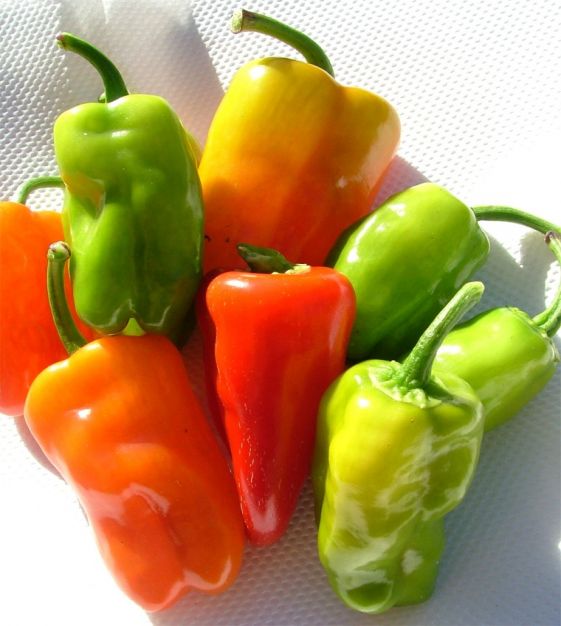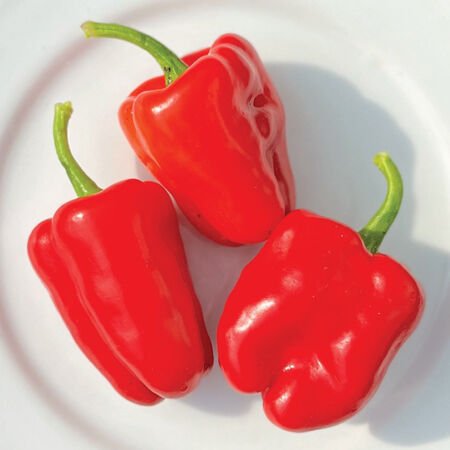So you’ve probably heard of bell peppers before, but have you ever wondered just how big Cajun bell peppers can get? Well, let’s introduce you to these flavorful beauties. Cajun bell peppers, known for their vibrant colors and spicy kick, can grow to impressive sizes. With the right conditions and care, these peppers can reach lengths of up to 6 inches and widths of around 3-4 inches. Imagine the possibilities for adding a flavorful twist to your dishes with these larger-than-life Cajun bell peppers!
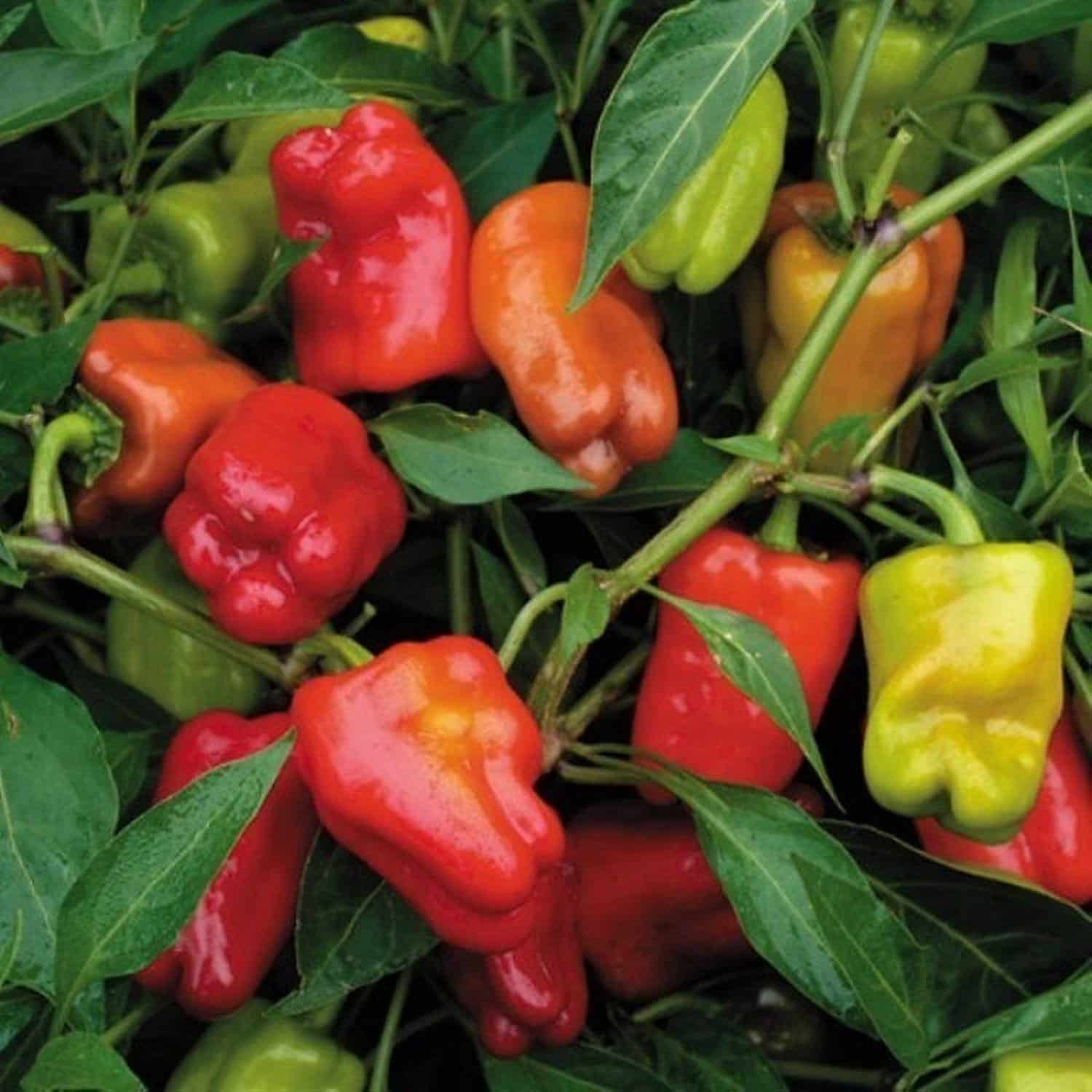
Factors that Determine the Size of Cajun Bell Peppers
Cajun bell peppers, like any other pepper variety, can vary in size. The size of Cajun bell peppers is determined by a combination of factors, including genetics, growing conditions, and cultivation techniques.
Genetics
The genetic makeup of a Cajun bell pepper plant plays a significant role in determining the size of the peppers it produces. Different pepper varieties have different growth characteristics, including the size of the peppers they produce. Some varieties are naturally smaller, while others tend to produce larger peppers.
Growing Conditions
The growing conditions in which Cajun bell peppers are cultivated can also impact their size. Factors such as temperature, climate, sunlight exposure, soil quality, fertility, watering, irrigation, and nutrient availability all play a role in determining how big the peppers will grow.
Temperature and Climate
Cajun bell peppers thrive in warm climates. They require a consistent average temperature of around 70-85°F (21-29°C) during the growing season. Extreme temperatures, such as frost or excessive heat, can stunt their growth and prevent the peppers from reaching their full size.
Sunlight Exposure
Adequate sunlight exposure is crucial for the proper growth and size of Cajun bell peppers. These plants require at least 6-8 hours of direct sunlight each day. Insufficient sunlight can hinder their growth and result in smaller peppers.
Soil Quality and Fertility
The quality and fertility of the soil in which Cajun bell peppers are planted also contribute to their size. The soil should be well-draining, rich in organic matter, and have a balanced pH level. Nutrient-rich soil provides the necessary resources for the plants to grow healthy and produce larger peppers.
Watering and Irrigation
Proper watering and irrigation practices are essential for Cajun bell peppers to reach their full potential. These plants require a consistent moisture level, but overwatering or underwatering can negatively impact their size. Providing an adequate amount of water, either through regular watering or a drip irrigation system, ensures that the plants stay hydrated and grow to their maximum size.
Nutrient Availability
Cajun bell peppers require a variety of nutrients to grow properly, including nitrogen, phosphorus, and potassium. Ensuring that these nutrients are readily available in the soil or supplemented through fertilizers helps to promote healthy growth and larger peppers. Regular soil testing can provide insights into any nutrient deficiencies and guide appropriate fertilization.
Cultivation Techniques
The cultivation techniques employed while growing Cajun bell peppers can have a significant impact on their size. Proper pruning and training, pollination, pest and disease management, and plant spacing all play a role in maximizing the size and yield of the peppers.
Pruning and Training
Pruning and training techniques help to promote healthy growth and larger peppers. Removing any suckers or side branches that emerge from the base of the plants directs more energy towards fruit production. Additionally, providing support structures such as stakes or cages helps to prevent the plants from sagging under the weight of the peppers, allowing them to grow larger.
Pollination
Cajun bell peppers rely on pollination to produce fruits. Proper pollination ensures that the fruits develop fully and reach their maximum size. Providing a conducive environment for pollinators such as bees and butterflies, or manually pollinating the flowers using a small brush, can help to ensure proper pollination and encourage larger peppers.
Pest and Disease Management
Pests and diseases can affect the growth and development of Cajun bell peppers, potentially leading to smaller peppers. Implementing effective pest and disease management strategies, such as regular scouting, integrated pest management, and appropriate use of organic or chemical controls, helps to minimize the damage caused by pests and diseases and allow the peppers to grow to their full size.
Proper Plant Spacing
Giving Cajun bell pepper plants adequate room to grow is crucial for their size and overall health. Overcrowding can lead to competition for resources and result in smaller peppers. It is recommended to space the plants at least 18-24 inches apart, allowing for proper airflow and access to sunlight, which can contribute to larger pepper development.
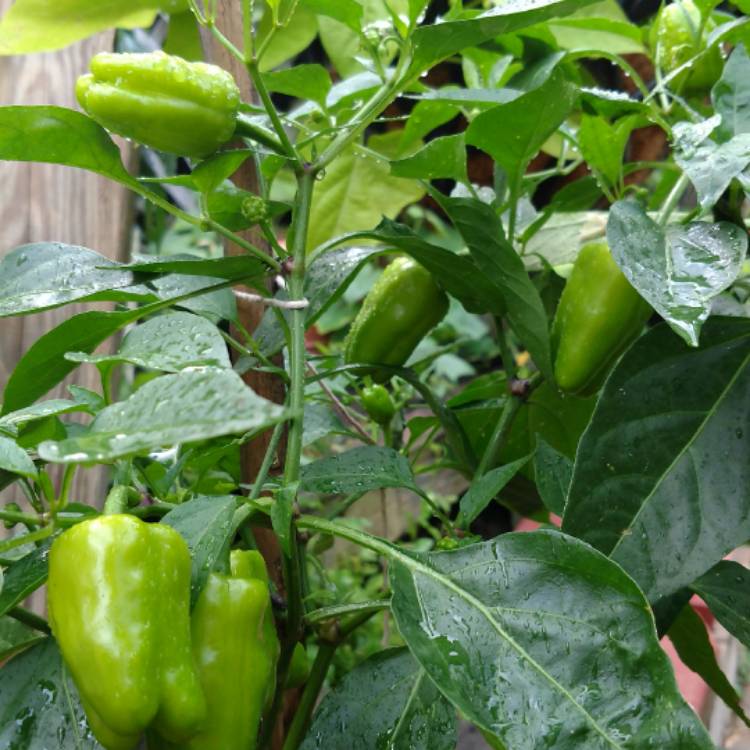
Understanding the Average Size of Cajun Bell Peppers
Cajun bell peppers can vary in size, but understanding the average size range and the factors that influence size variability can provide insight into what to expect when growing these peppers.
Size Range
The size range of Cajun bell peppers can vary depending on different factors. While there is no fixed size range, peppers can generally be classified into three categories: small, medium, and large.
Minimum Size
The minimum size of a Cajun bell pepper is typically around 2-3 inches in length and 1-2 inches in diameter. These smaller peppers are usually milder in taste and less mature.
Maximum Size
The maximum size of a Cajun bell pepper can reach up to 4-5 inches in length and 3-4 inches in diameter. These larger peppers are fully mature and have a distinct spicy flavor.
Average Size
On average, Cajun bell peppers tend to fall within the range of 3-4 inches in length and 2-3 inches in diameter. These medium-sized peppers offer a balanced combination of flavor and maturity.
Factors Influencing Size Variability
Several factors can influence the size variability of Cajun bell peppers. These factors include environmental conditions, plant health, and genetic variation.
Environmental Factors
Environmental factors such as temperature, sunlight exposure, soil quality, and water availability directly affect the growth and development of Cajun bell peppers. Variations in these environmental conditions can lead to size variability among peppers from the same plant or between different plants.
Plant Health
The health and vigor of the Cajun bell pepper plants also play a role in determining the size of the peppers. Plants that are stressed, damaged, or lacking in essential nutrients may produce smaller or misshapen peppers. Providing optimal growing conditions, proper nutrition, and disease prevention measures helps to ensure plant health and maximize pepper size.
Genetic Variation
Genetic variation within a pepper variety can result in differences in pepper size. Some plants may naturally produce larger peppers, while others may produce smaller ones. Selecting and growing plants from reputable seed sources helps to ensure consistency and minimize genetic variability.
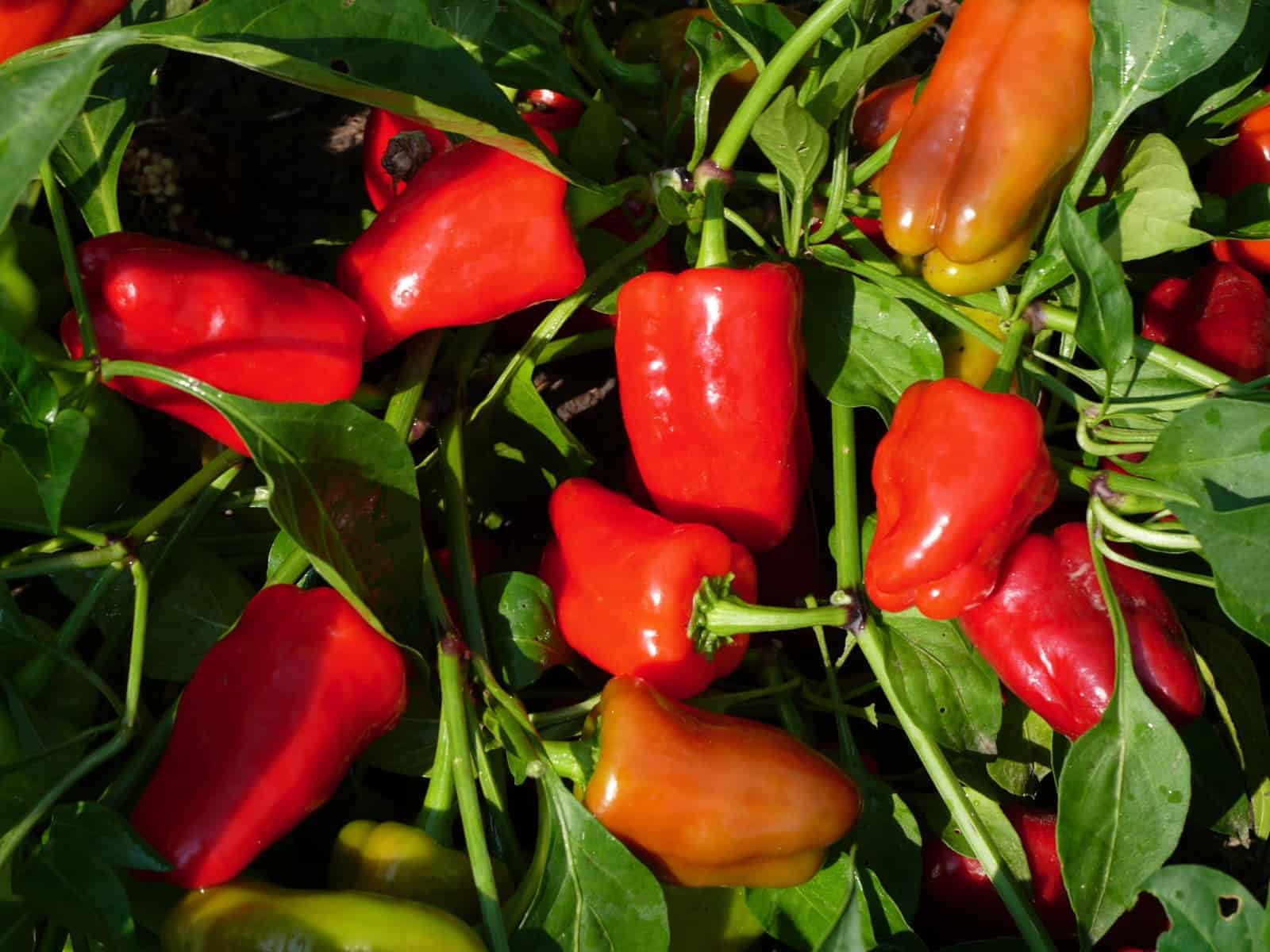
Tips for Growing Large Cajun Bell Peppers
If you’re aiming to grow large Cajun bell peppers, here are some tips to help you achieve your goal:
Choose the Right Variety
Selecting a pepper variety known for producing larger fruits increases your chances of growing large Cajun bell peppers. Look for varieties specifically bred for size and flavor characteristics that align with your preferences.
Optimize Growing Conditions
Provide Cajun bell pepper plants with optimal growing conditions to promote their size. Ensure they receive sufficient sunlight, maintain consistent temperatures within the ideal range, and grow them in well-draining, nutrient-rich soil. Monitoring and adjusting environmental factors as needed helps to create an optimal growing environment.
Provide Adequate Nutrients
Cajun bell peppers require proper nutrition to support their growth and fruit development. Apply a balanced fertilizer according to the specific needs of the plants and conduct regular soil tests to identify any nutrient deficiencies. Supplementing with organic matter or amendments as necessary ensures the plants receive the necessary nutrients to produce larger peppers.
Regular Pruning and Training
Prune Cajun bell pepper plants by removing suckers or side shoots that may divert energy away from fruit production. Provide support structures such as stakes or cages to keep the plants upright and prevent them from bending or breaking under the weight of the growing peppers. Regular pruning and training help to maintain plant health and encourage larger peppers.
Monitor for Pests and Diseases
Regularly inspect Cajun bell pepper plants for signs of pests or diseases. Early detection allows for prompt intervention, preventing potential damage to the plants and smaller pepper size. Implement integrated pest management techniques and utilize appropriate organic or chemical controls if necessary.
Proper Harvesting Techniques
Harvesting Cajun bell peppers at the right size contributes to their overall quality and flavor. Follow these guidelines for proper harvesting:
Signs of Maturity
Look for signs of maturity in the peppers, such as firmness and vibrant color. Cajun bell peppers typically turn from green to their characteristic red or yellow color when fully mature. Avoid harvesting peppers that are still green and underdeveloped unless you prefer a milder taste.
Harvesting Techniques
When it comes to harvesting Cajun bell peppers, timing and using the right tools are essential. Use sharp garden shears or scissors to cut the peppers off the plant, leaving a short stem attached. Cutting the peppers rather than twisting them helps prevent damage to the plant. Harvest peppers when they have reached the desired size, ensuring they are fully mature for optimal flavor.
